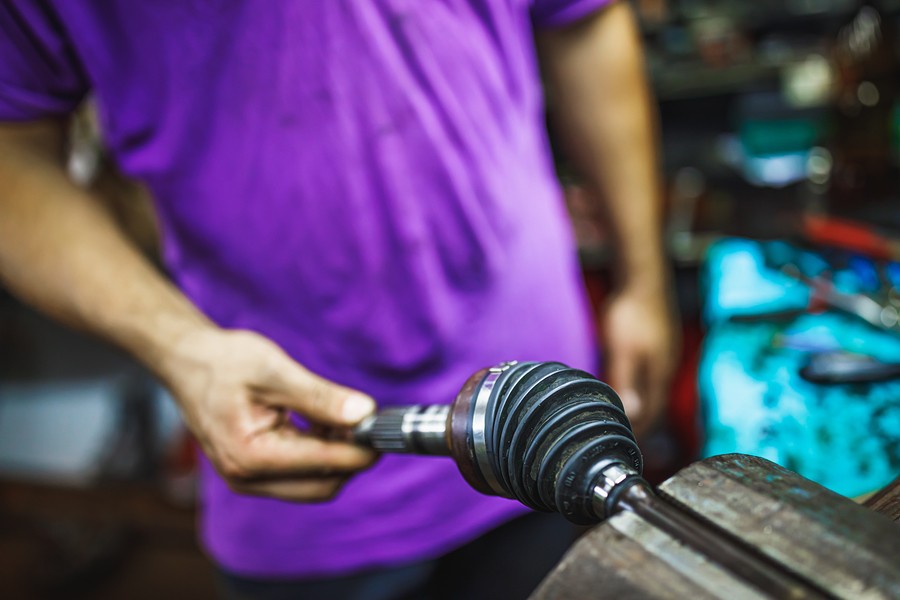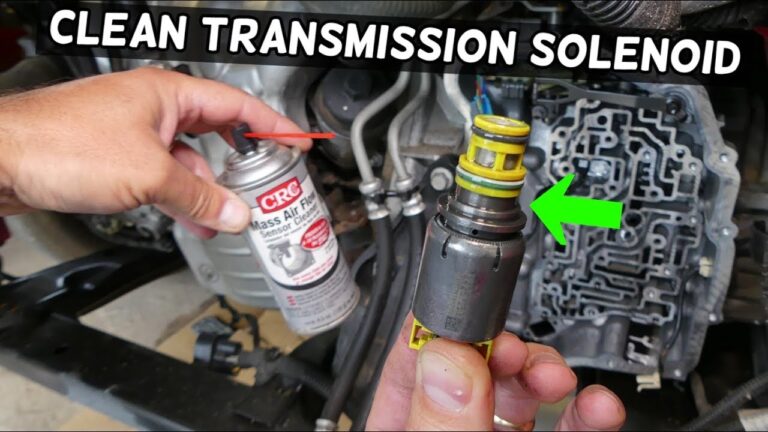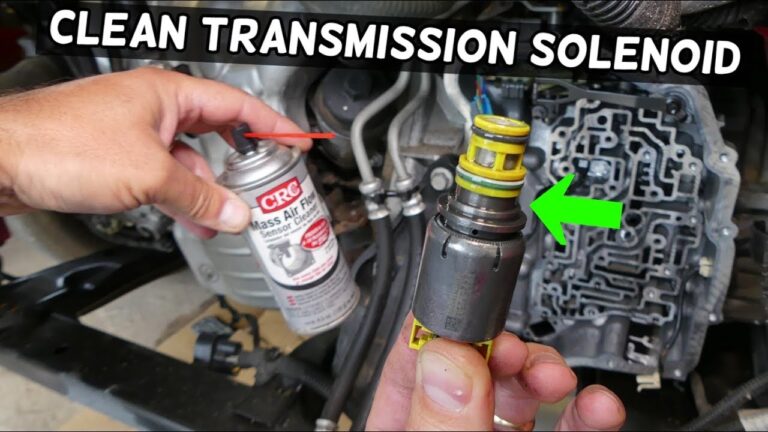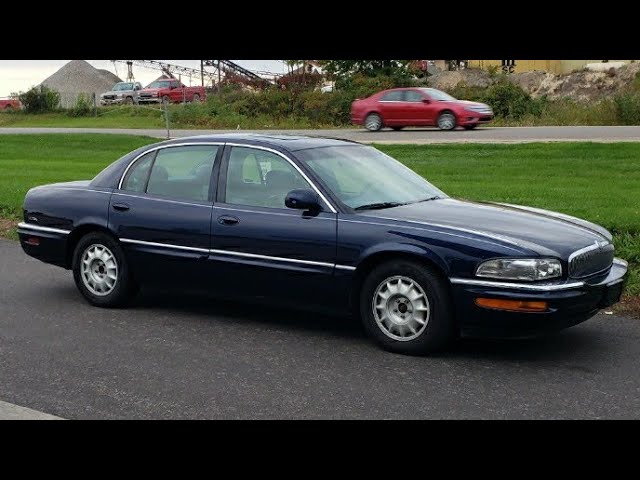Transmission Problems After Cv Joint Replacement
If you’re having transmission problems after CV joint replacement, it’s likely due to a faulty CV joint. The CV joint is what connects the axle to the drive shaft, and if it’s not working properly, it can cause all sorts of problems. Fortunately, there are a few things you can do to fix the problem.
If you’ve recently had a CV joint replacement, you may be wondering why your transmission is acting up. Here’s what you need to know about transmission problems after CV joint replacement.
It’s not uncommon for there to be some transmission problems after a CV joint replacement.
This is usually because the new CV joint isn’t compatible with the old transmission, or because the old transmission has been damaged during the replacement process. In either case, it’s important to get your car checked out by a qualified mechanic as soon as possible so that they can diagnose and fix the problem.
In most cases, transmission problems after CV joint replacement can be fixed relatively easily.
However, if the problem is severe enough, it may require a complete Transmission Replacement . So if you’re experiencing any strange noises or other issues with your car’s transmission, don’t delay in getting it checked out!

Credit: www.cashcarsbuyer.com
Can Replacing Cv Axle Damage Transmission?
If you have a damaged CV axle, it’s important to replace it as soon as possible. A CV axle is responsible for transferring power from your engine to your wheels, and if it’s damaged, that power won’t be transferred properly. This can lead to all sorts of problems, including transmission damage.
Transmission damage can occur in a number of ways when a CV axle is damaged. For example, the transmission may not be able to shift properly if the CV axle isn’t providing enough power. This can cause the gears to grind and eventually break.
Additionally, the fluid in your transmission may overheat if the CV axle isn’t working correctly. This can cause even more wear and tear on your transmission, and potentially lead to complete failure.
So, while replacing a CV axle won’t necessarily damage your transmission, it’s certainly possible that it could cause some serious problems down the line if left untreated.
If you suspect that your CV axle is damaged, don’t hesitate to get it replaced by a professional mechanic right away.
Can a Cv Axle Cause Transmission Problems?
A CV axle can cause transmission problems if it is not functioning properly. The CV axle is responsible for transferring power from the engine to the wheels. If the CV axle is damaged or worn out, it can cause the transmission to slip or not engage properly.
This can lead to decreased fuel economy and increased wear on the transmission.
Is the Cv Joint Connected to the Transmission?
Yes, the CV joint is connected to the transmission. The CV joint is located at the end of the axle and connects the axle to the transmission. The CV joint allows for movement between the two parts while still keeping them connected.
Can a Cv Axle Cause Jerking?
As anyone who’s ever driven a car with manual transmission knows, a jerking sensation while driving can be caused by a number of things. It could be something as simple as the clutch not being fully engaged, or it could be a sign of something more serious, like a problem with the CV axle.
The CV axle is responsible for transmitting power from the engine to the wheels.
It’s made up of two parts: the inner shaft and the outer shaft. The inner shaft is connected to the transmission, while the outer shaft is connected to the wheel hub. Together, they form a sort of “universal joint” that allows for movement between the two parts while still transferring power smoothly.
If there’s any damage to either shaft or if they become worn out over time, it can cause problems with power transfer, resulting in a jerky feeling while driving. In some cases, it may even cause grinding noises.
If you suspect that your CV axle may be causing problems, it’s best to have it checked out by a mechanic as soon as possible.
They will be able to tell you for sure whether or not it needs to be replaced and can make any necessary repairs.
TOP 3 SYMPTOMS OF BAD CV AXLE SHAFT
Grinding Noise After Replacing Cv Axle
If you’ve recently replaced your CV axle and are now hearing a grinding noise, there are a few possible explanations. First, it’s possible that the new axle is not properly seated. If this is the case, you’ll need to remove the axle and reinstall it, making sure to seat it correctly this time.
Another possibility is that the new axle has damaged splines. This can happen if the old axle was removed improperly or if the new one was installed with too much force. In either of these cases, you’ll need to replace the CV axle again.
Finally, it’s possible that there’s something else going on with your car that’s causing the grinding noise unrelated to the CV axle replacement. If you’re unsure what might be causing the noise, take your car to a qualified mechanic for diagnosis and repair.
Conclusion
After having a CV joint replaced, some drivers may notice transmission problems. This is usually due to the fact that the new CV joint is not properly seated. In order to fix this, the driver should take their car to a mechanic and have the transmission checked.





